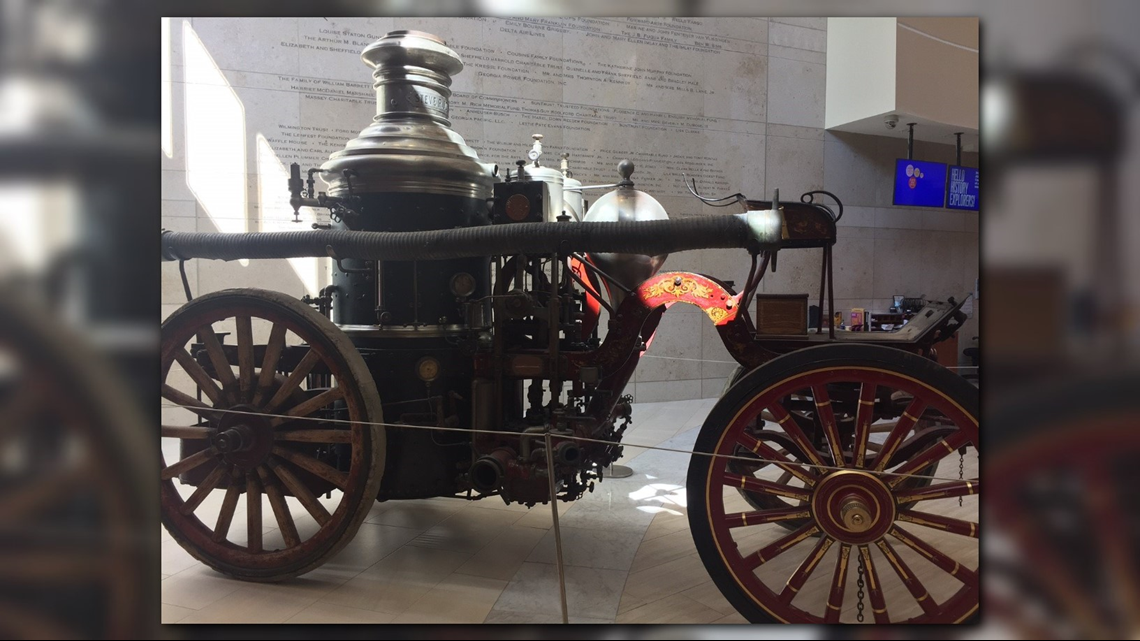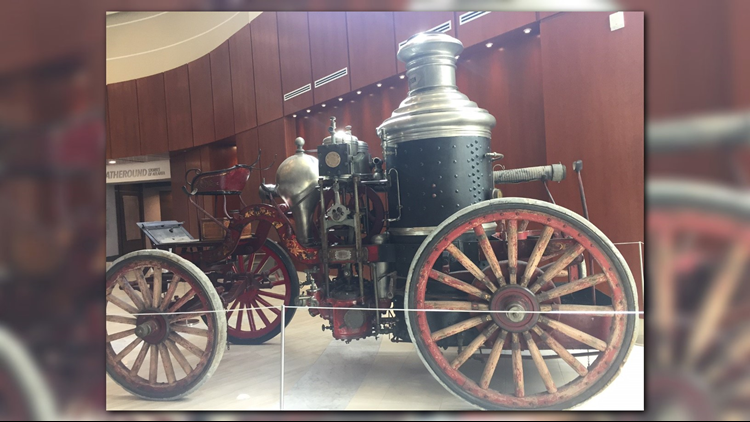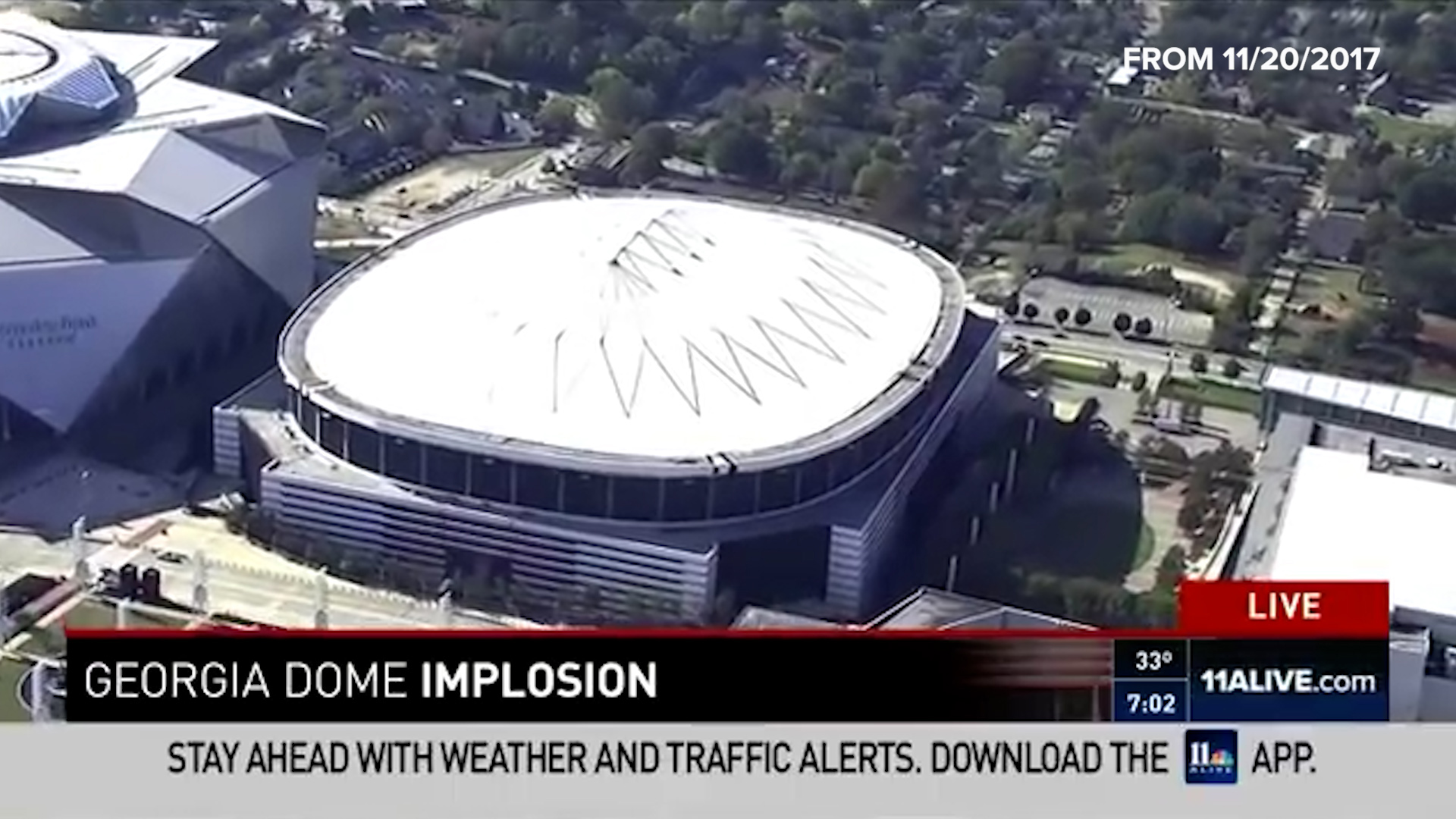ATLANTA – If you thought the I-85 bridge fire was disruptive, imagine the events of 100 years ago this week.
More than 10,000 people were left homeless in the Great Atlanta Fire of 1917’s aftermath, which also destroyed 1,938 buildings and wiped out 300 acres of real estate.
“About 10 percent of Atlanta’s population was left homeless,” said Calinda Lee, staff historian at the Atlanta History Center. “We don’t have any records of any casualties, but that’s only because no bodies were counted after the fire.”
In the warm late spring of 1917, Atlanta was like a tinderbox: wooden homes, wooden sidewalks, wooden office buildings. The first fire likely erupted in a warehouse southwest of downtown, Lee said.
“There are a lot of theories as to what caused the first fire,” she said. “Some materials stored in a warm warehouse could have begun the blaze.
“Fire officials back then didn’t have the investigative technology we have now, so we’ll never, but I’ve heard some extraordinary theories over the years, including that the fire was started by German spies!”
From there, the first spread from building to building and neighborhood to neighborhood, first moving north and then east. Over the next 10 hours, the fire moved from south of downtown, though Ponce de Leon and then into the 4th ward, which it would ultimately devastate.
“The city's fire department didn’t have the ability to move that rapidly from one community to another,” Lee said. “Besides the wooden structures serving as kindling for the fire, you also had a lot of foliage that was prime for consumption in that dry, late spring.”


“Asa Candler, who was mayor at the time, decided the only way to stop the blaze was to starve it, to take away anything in its immediate wake that could be burned,” Lee said. “So he ordered severel homes on Ponce de Leon to be dynamited.
“Imagine trying to save your home from a fire, only to be told that it needs to be blown up!”
There were no city shelters for those left homeless after the fire, or municipal departments whose job it was to deal with the disaster.
“Nonprofits like we have today didn’t exist back then,” Lee said. “But in a segregated city like Atlanta, churches, families and mutual aid societies took people in, crossing the lines of race and class.”
As the city was rebuilt, neighborhoods became even more segregated, with many housing patterns that remain in place even today, remnants of a fire that started more than a century ago.



